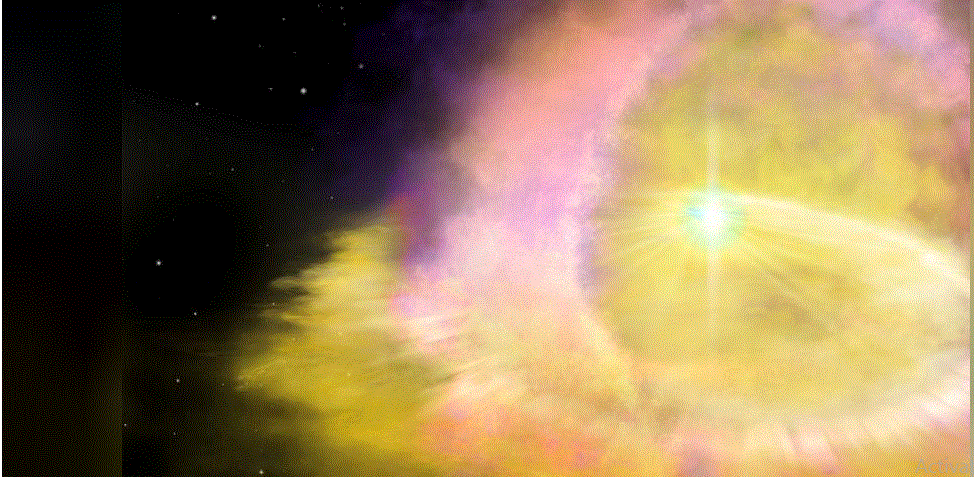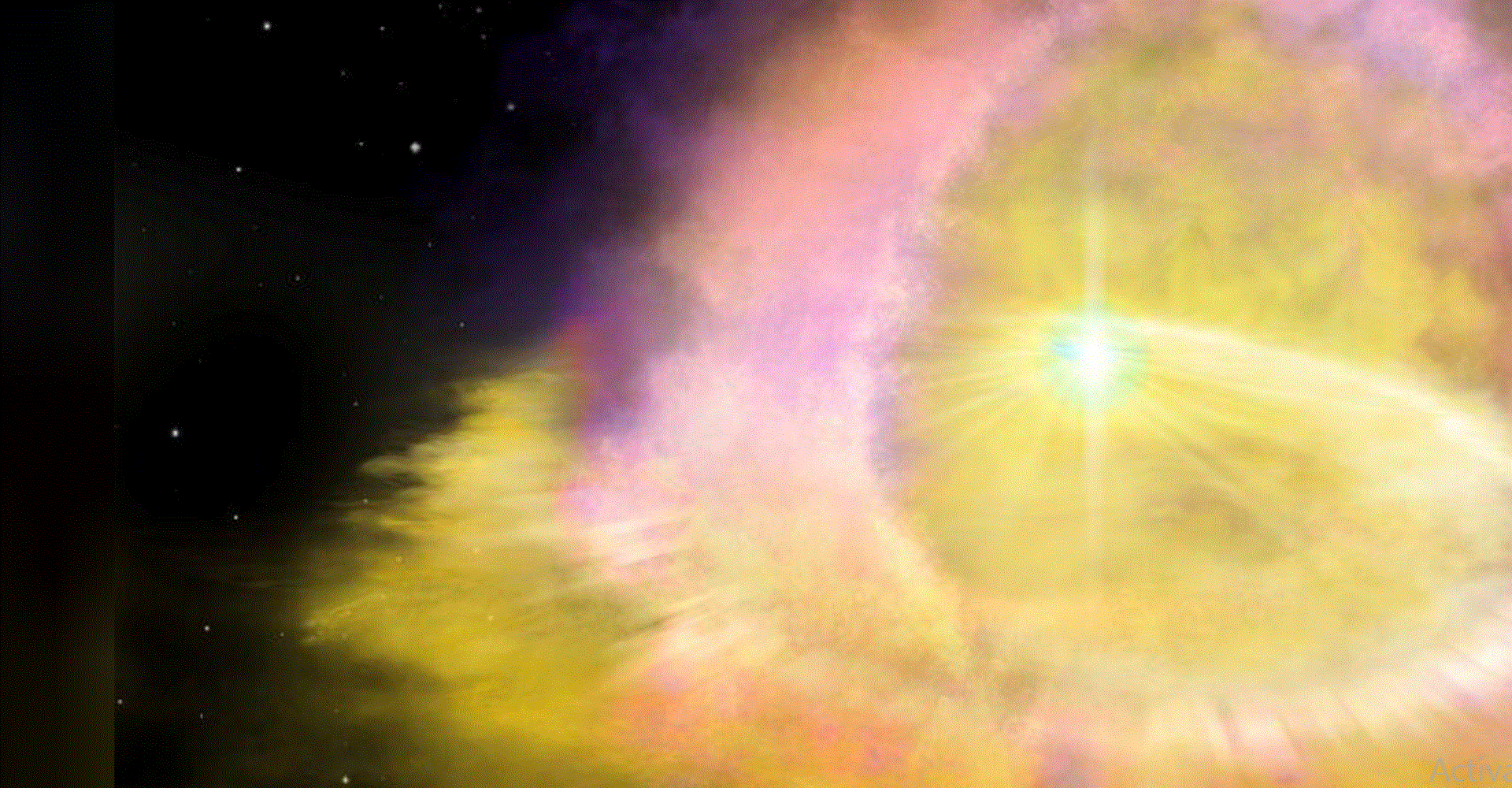WASHINGTON (Reuters) – Scientists have observed the biggest supernova – stellar explosion – ever detected, the violent death of a huge star up to 100 times more massive than our sun in a faraway galaxy.

The supernova, releasing twice as much energy as any other stellar explosion observed to date, occurred about 4.6 billion light years from Earth in a relatively small galaxy, scientists said. A light year is the distance light travels in a year, 5.9 trillion miles (9.5 trillion km).
It might represent, they added, a type of supernova that until now has only been theorized.
Astrophysicist Matt Nicholl of the University of Birmingham in England said two very massive stars – each about 50 times the sun’s mass – may have merged to make one extremely massive star roughly 1,000 years before the explosion. They had been part of what is called a binary system with two stars gravitationally bound to each other.
The merged star exploded in a supernova, formally named SN2016aps, inside a very dense and hydrogen-rich envelope.
“We found that the supernova was able to become so bright because of a powerful collision between the debris ejected by the explosion and a shell of gas shaken off by the star a few years earlier,” said Nicholl, lead author of the study published this week in the journal Nature Astronomy.
Stars die in various different ways depending on their size and other properties. When a massive star – more than eight times the mass of our sun – uses up its fuel, it cools off and its core collapses, triggering shock waves that cause its outer layer to explode so violently that it can outshine entire galaxies.
The researchers, who observed the explosion for two years until it diminished to 1 percent of its maximum brightness, said it may have been an example of an extremely rare “pulsational pair-instability” supernova.
“Pulsational pair-instability is when very massive stars undergo pulsations which eject material away from the star,” said study co-author Peter Blanchard, a postdoctoral fellow in astrophysics at Northwestern University in Illinois.
“This discovery shows that there are many exciting and new phenomena left to be uncovered in the universe,” Blanchard added.
Napomena o autorskim pravima: Dozvoljeno preuzimanje sadržaja isključivo uz navođenje linka prema stranici našeg portala sa koje je sadržaj preuzet. Stavovi izraženi u ovom tekstu autorovi su i ne odražavaju nužno uredničku politiku The Balkantimes Press.
Copyright Notice: It is allowed to download the content only by providing a link to the page of our portal from which the content was downloaded. The views expressed in this text are those of the authors and do not necessarily reflect the editorial policies of The Balkantimes Press.

